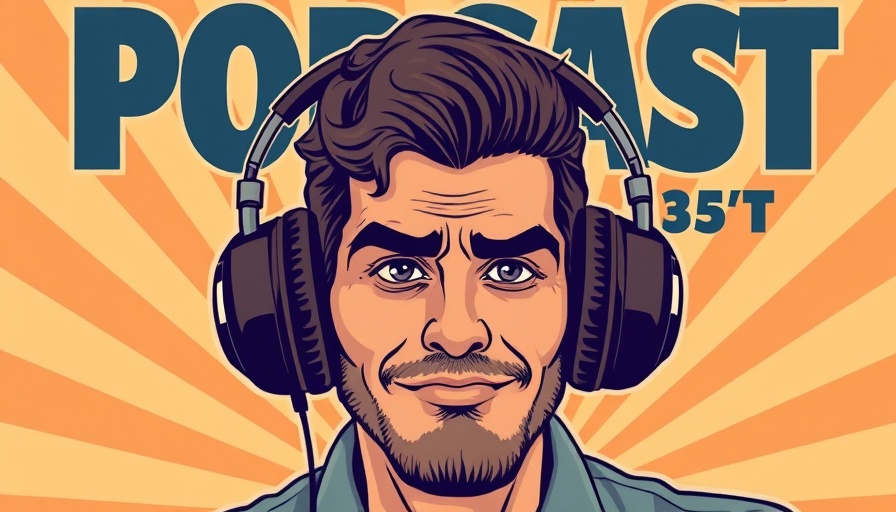
Unraveling the Myth of the Gladiator
When most of us think of gladiators, the imagery conjured is often that of brutal fighters, clad in their armor, engaging in life-and-death struggles in front of adoring crowds at the Colosseum. But this perception, bolstered by Hollywood romance and action, only scratches the surface of a complex and fascinating world. Recent discussions, including the insights of historian Alexander Mariotti on the Art of Manliness Podcast, bring clarity to the myths and unveil the truths behind these ancient Roman fighters.
More Than Just Gladiators: Who Were They Really?
One of the most shocking revelations is that not all gladiators were slaves. Many were Roman citizens or even volunteers seeking fame and fortune. Alexander points out that for some, it was an avenue to elevate their social status and earn a decent living. The world of gladiatorial combat was akin to a professional sport today, featuring rigorous training, contracts, and skilled fighters who had support from doctors, trainers, and managers, much like contemporary sports teams.
Gladiator Life: Training and Lifestyle
New findings suggest that gladiators lived under surprisingly good conditions for the time. They had regular meals, medical care, and could earn significant wages. Most importantly, they weren’t forced to fight until death on a whim. Gladiators fought in organized bouts governed by contracts, minimizing the chances of lethal outcomes. In fact, in the early days of the Roman Empire, it was reported that only about one in ten gladiators died in combat, with most competing just a few times a year.
Hollywood vs. Reality: What Filmmakers Get Wrong
As we celebrate films like Gladiator II, it’s essential to discern fact from sensationalism. Contrary to portrayals of constant gore and carnage, the actual matches had rules, signing agreements similar to modern sports contracts. While dramatic storylines serve to entertain, the reality of gladiatorial contests was often grounded in branding and showmanship, featuring entertainers who cultivated followings much like today’s sports heroes.
The Gladiatorial Games: Entertainment Spectacles
Gladiatorial games were not just about fighting; they were massive spectacles. The Colosseum hosted elaborate events featuring funerary rites, mock battles, and even wild animal hunts. This spectacle culture has precedents in how we view modern sports, where halftime performances and fanfare create an atmosphere of excitement. Alexander describes this connection, noting the parallels between gladiators and contemporary athletic icons who capture public fascination.
Connecting the Dots: Lessons from Gladiators for Today’s Men
The gladiators’ story offers profound lessons relevant to today’s pursuits in personal growth and self-improvement for men. The discipline, rigorous training, and transformation of these fighters from often marginalized beginnings to celebrated athletes resonate with the journey many face in today’s world. Viewing their lives as a metaphor for dedication, resilience, and embracing challenges can inspire contemporary men to pursue their goals with gusto.
Bringing It All Together
As we navigate the currents of our own lives, ponder how the gladiatorial experience mirrors our modern struggles in personal and professional arenas. Whether we are athletes, professionals, or just men striving for improvement, the legacies of these ancient fighters remind us of the importance of perseverance, community support, and sporting spirit in shaping our destinies.
To further explore the captivating world of Roman gladiators and understand their impact on modern society, tune in to the podcast and immerse yourself in a journey that connects historical facts with today’s lifestyle.
Call to Action: Don't just limit your knowledge to the silver screen; listen to the podcast today, and discover the truths behind the myths of gladiators. Leave a review to share your thoughts on this enlightening discussion!
 Add Row
Add Row  Add
Add 




Write A Comment